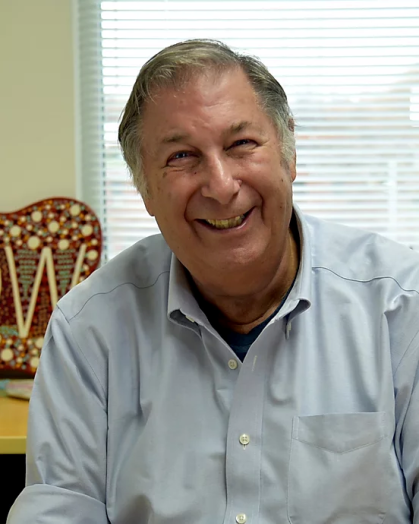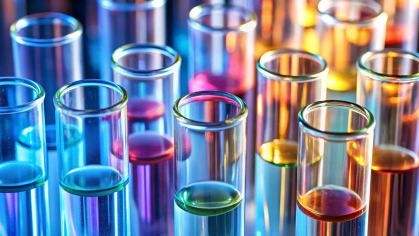Molecular Beacons Technology Invented by Rutgers Researchers to Be Used in Rapid COVID-19 Tests
A recent COVID-19 rapid test that received Food and Drug Administration (FDA) emergency use authorization includes technology invented by Rutgers University researchers, which will be used in about 50,000 tests produced per day by a global health care leader.
The molecular beacons technology provides powerful tools for imaging RNA in living cells and can determine if COVID-19 is present in a clinical sample.
The technology – invented and perfected by Rutgers scientists over the last decade, is being used as part of the Abbott Laboratories COVID-19 test. The test, which uses a nose swab and will be available around the country, takes less than 15 minutes to complete and can determine if the virus has invaded a cell, taken over its molecular machinery and is making new viruses.
“As molecular diagnostic researchers, it is gratifying when you can help improve lives in a meaningful way, especially during times like these amid a global pandemic,” said Fred Russell Kramer, professor of microbiology, biochemistry and molecular genetics, Public Health Research Institute, New Jersey Medical School.
Kramer talks about the Rutgers researchers' journey inventing and developing molecular beacons technology – which has been licensed to more than 70 different companies and laboratories throughout the world – and its potential impact in the fight against the coronavirus pandemic.

What are molecular beacons and how do they work?
Molecular beacons can bind to a target nucleic acid if it is present in the test solution. If COVID-19 RNA is detected, the molecular beacons wrap themselves around the amplified target nucleic acids, which provide a blueprint of what is occurring in cells, changing their shape and shining a light to signal the presence of the virus.
How have molecular beacons revolutionized diagnostics?
Molecular beacons are added to the solutions in which clinical assays are carried out, and the reaction tubes are sealed before amplification of the target occurs. The test tubes are never opened again. The only things that leave the test tube are the differently colored fluorescent signals that indicate which target molecules are present and, by virtue of the time it takes to generate those signals, the results indicate how abundant were the different targets in the original sample. Because the test tubes remain sealed, the amplified targets cannot escape to contaminate samples that have not yet been tested.
Tell us about some clinical tests that currently employ molecular beacons technology.
This technology is being used throughout Europe and is the principle HIV-1 test used in China, Africa and other countries in the developing world. It is also used, from a sputum sample, to determine if a person is infected with tuberculosis and whether the bacteria are antibiotic-resistant or can be treated. The test also prevents thousands of infant deaths from meningitis and determines whether pregnant women might be infected with bacteria that can cause blindness, deafness and death in newborns.
What is new in your laboratory?
We have been developing rapid, low-cost, gene amplification assays that selectively target mutant DNA fragments routine blood samples that arise from cancer cells that are not inherited, but that arise in cancer cells during a patient’s lifetime. This is rare, and has been hard to detect because the blood contains abundant DNA fragments from normal cells. Our laboratory has developed an extremely sensitive assay method that amplifies only the mutant DNA fragments and enables the selection of an effective targeted therapy that kills the cancer cells containing those mutations. Since these tests utilize routine noninvasive blood samples that can be taken frequently, the success of the targeted therapy can be followed, and the therapy can be changed in response to the occurrence of new mutations.


